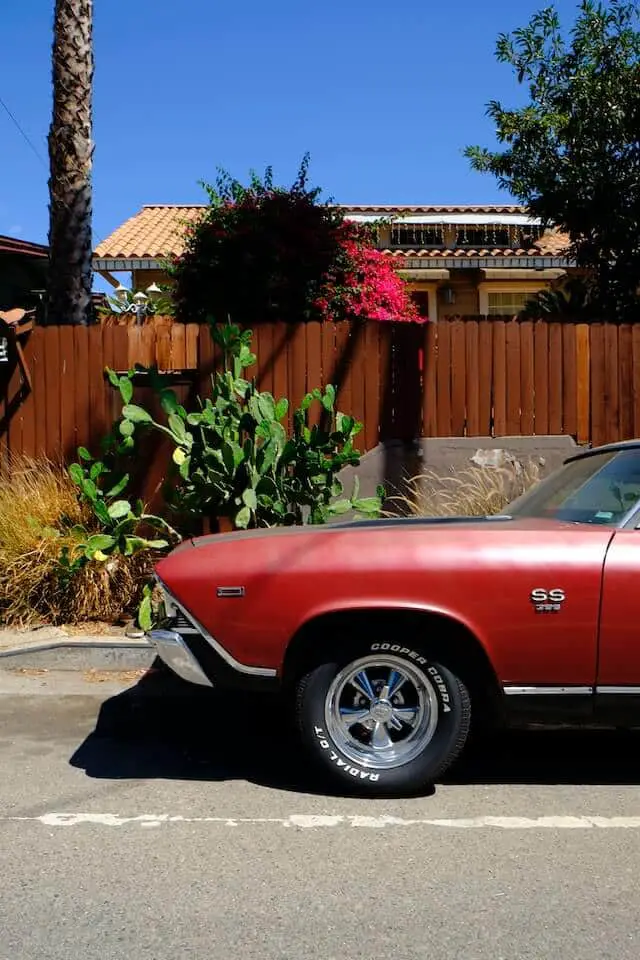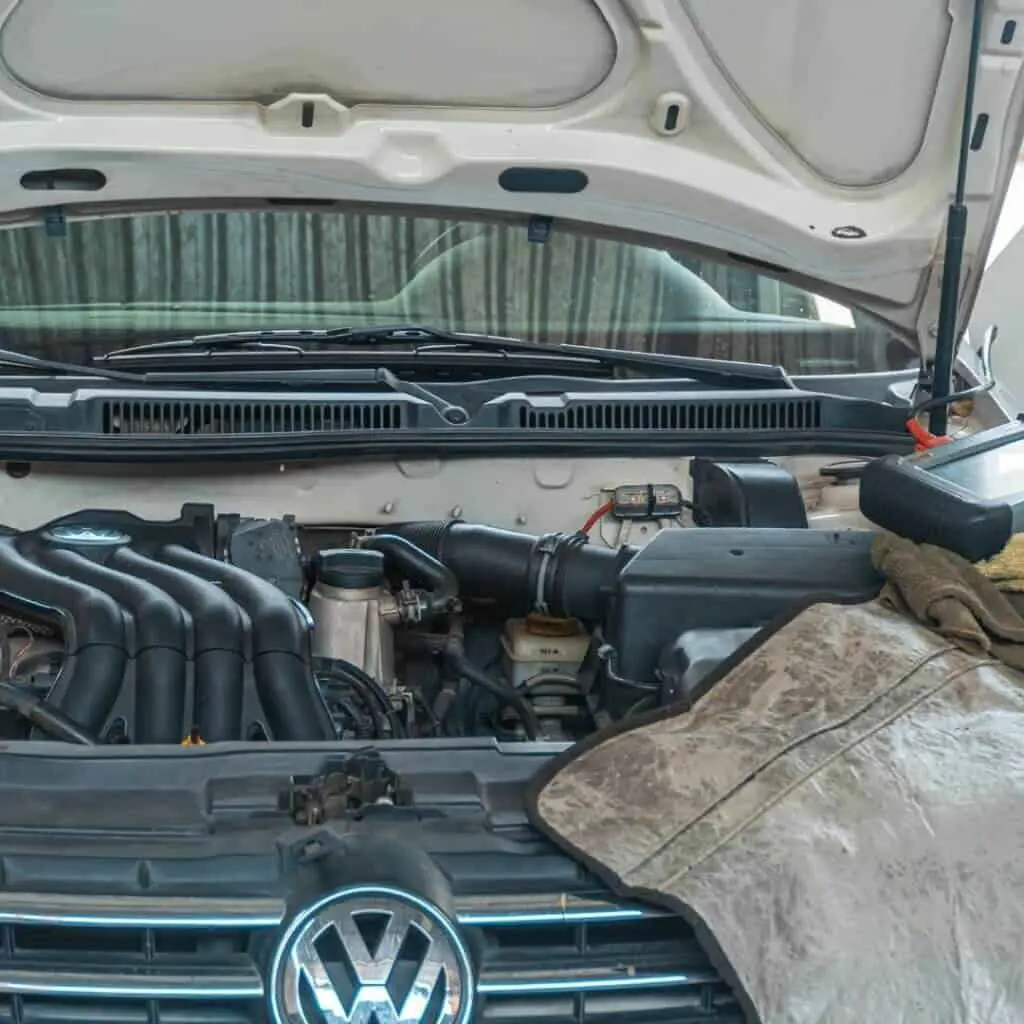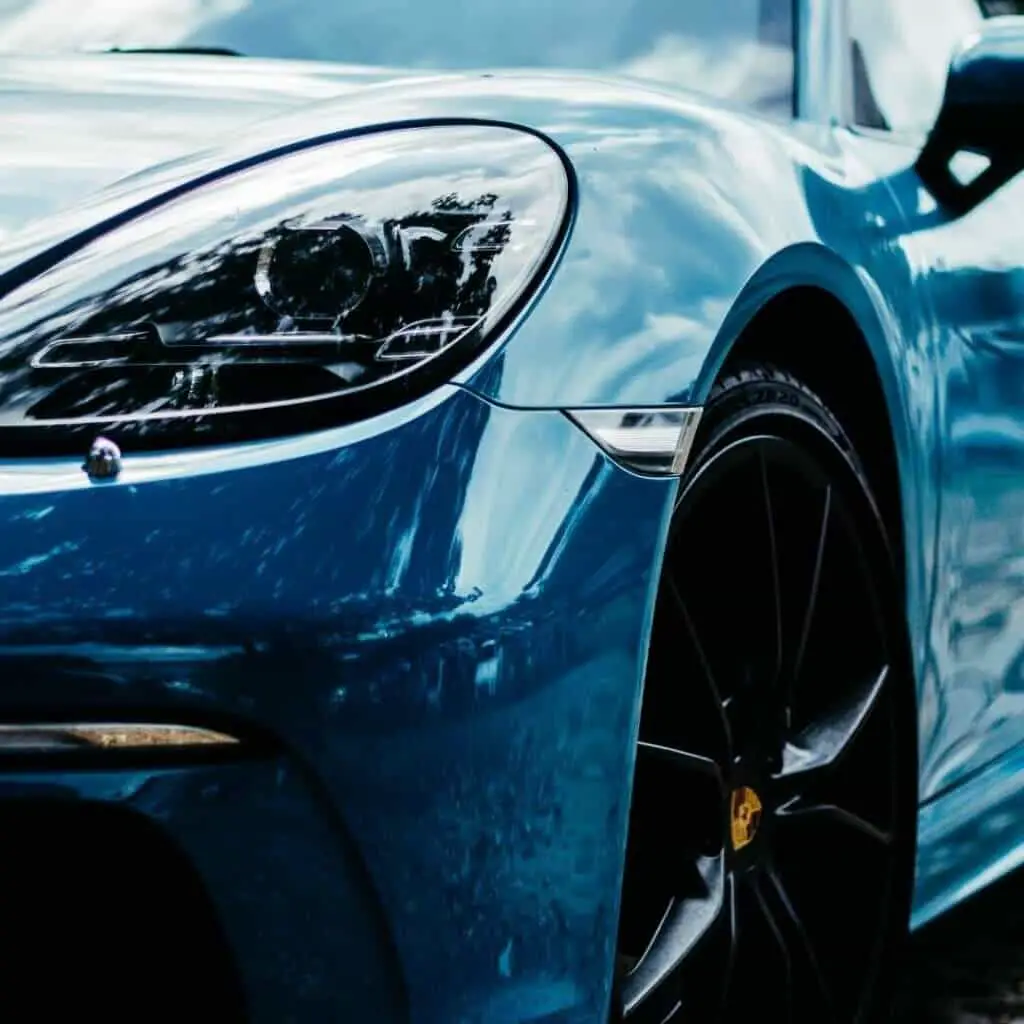There are quite a few manufacturers in the field of car parts. Among them, Blueprint engines have made their presence known through the support of customizable cars. However, like every other manufacturer, they aren’t without faults. So let’s check out what those would be with Blueprint engine problems.
What is a Blueprint engine?

Blueprint engines is a manufacturer dedicated to the production of high-power engines for a specified selection of cars. Their goal is to provide custom builders with appropriate components and tools to bring the vehicle of their dreams to the road. No matter what model you may be looking for, Blueprint engines offer quite a sizable selection across the board. [1]
10 Most Common Blueprint Engine Problems
Of course, every brand of components has its drawbacks. Whether it’s due to their focus or the manufacturer’s quality, Blueprint engines have problems that can be categorized as being caused by their use.
For example, an engine for high performance will need extra care and a specific setup. Otherwise, its massive power can backfire, causing all sorts of problems. Here are examples of some.
1. Durability
The Blueprint engine’s durability is an important factor of our engine. First, it’s how long the motor will last us. This durability is important in every situation, as it can often lead to other issues affecting our car far less.
As far as the durability of the Blueprint engine goes, there are various reports. The explanation for it is that the manufacturer strives to deliver the best performance. Unfortunately, this fact means that your engine will wear out much faster. [2]
With that in mind, do be careful. Certain parts of the engine will need replacement after a few years. It helps to explore which parts of the motor end up under the most stress to avoid this issue.
2. Warranty issues
The Blueprint engine offers 30 months or 50,000-mile warranties. After this time runs out or the distance is crossed, our warranty will be rendered null. However, there’s more to consider. We need to follow specific instructions to have our claim approved.
A break-in period will be quite important for detecting any of the factory defects one can run into. These issues can be extremely pricey to repair, so it’s best if you notice them during their break-in period. [3]
3. Overheating
Intense combustion can lead to your engine overheating. When overheated, the engine is prone to damage. Even if you drive for a few miles, the repercussions for your car could be immense. The Blueprint engine can overheat, considering that its aim is on performance. Which means being careful is a must.
It’s possible to avoid overheating with two pieces of equipment. A new thermostat and a bypass valve. The thermostat will gauge the temperature level while the bypass valve frees excess heat.
4. Issues with parts
The issues of the parts used can also crop up. The biggest among them being the use of aluminum heads for engines. There are certain heads that do not come with a brand name, putting a dent in the pedigree of the part.
Additionally, Blueprint engines have an issue where the port size, location, and shape of the combustion chamber aren’t indicated. Those problems, along with the others we presented, will affect the overall effectiveness of our vehicle. Paired with the aforementioned overheating problem, we can get into quite a bit of trouble early in the engine’s lifespan.
5. Assembly issues
The Blueprint engines come already assembled. These engines are, therefore, prepared to be dropped into the car with very little issue. Engines themselves are made for Fords, Chevies, GMs, and Chryslers. That’s where our issue can come in.
Our car can have issues fitting the engine if the sizes between them are inappropriate. So make sure to take measurements before purchasing an engine. Paying extra attention when making these purchases is healthy, but sometimes, the chassis is at fault.
Ensure the area where the engine is supposed to slot in is undamaged. Otherwise, we may end up with a troublesome installation. Iron out any pieces of the chassis so that the engine fits easily
6. Wrong tune up
There is yet another requirement we need to fulfill before being able to handle a healthy and functional Blueprint engine. This concern has to do with the proper tuning of the engine. As it stands, the Blueprint engine will require proper timing to avoid some serious problems down the line.
Firstly, the warranty will be rendered void if your timing isn’t set according to the recommendations. The manufacturers do not wish to be kept responsible for improper configuration, as the obligation rests upon those who install it.
Secondly, a wrong tune-up will lead to a slew of other issues in our engine. Some of these will be even more noticeable on newer motors that have been improperly tuned. These include:
- Detonation
- Poor power
- Overheating
We can also expect higher gas consumption and poorer driving experience. Longevity will be negatively impacted, too, leading to an overall shorter engine lifespan. As we can deduce from these details, an improper tune-up is an issue that shouldn’t be overlooked. [4]
7. Exhaust Header Leaks
Exhaust headers are designed to route exhaust gasses away from the engine and into the exhaust system. This component is meant to reduce pressure on the motor, allowing it to release gasses much easier. The process then allows the engine to suffer less strain during longer operations.
However, Blueprint engines can have leaks in their exhaust headers. The first concern of this problem stems from its negative effects on the inside of the car. Making it dangerous to operate and compromising safety due to the emission of hazardous fumes. That problem on its own deserves a deeper look into your engine’s operation, but it’s not the only one.
Our engine could suffer as well. The exhaust fumes escaping the exhaust header will lead to an incorrect ratio of fuel and air within the engine. A wrong ratio can quickly lead to damage across the board. It will most affect our catalytic converter, but O2 sensors can also get thrown off. All because of the exhaust fumes messing up the calculations of other components.
8. Fuel requirements
As with many high-performance engines, the choice of fuel becomes far more important. While simpler engines can work with most of the regular fuels, Blueprint will require ones that are equally as high-quality as their performance. Therefore, the lowest recommended fuels for a Blueprint engine are those with an Octane rating of at least 91. [5]
While other engines may operate somewhat worse without such a high octane fuel, the Blueprint engine can get damaged if driven with lower quality fuel for a while. It’s good to be knowledgeable about the specific motor you’ll get in order to prepare the required fuel.
9. Missing parts
This is an issue that is more on the side of shipping than manufacturing. However, there have been reports of some of the smaller parts missing from the package. While some of these may not be problematic to replace, it’s also possible to skip over their absence when putting the engine together.
Check what parts are meant to be present with your ordered engine. Take note of each and make sure they are of proper measurements. Do not start working on the engine before all parts are accounted for. Otherwise, malfunctions will follow.
10. Oil issues
The Blueprint engine is also known to have some issues with oil. These will usually be present upon receiving the engine, so you’ll have to deal with these problems immediately. Letting them fester is only inviting more issues along the line.
Your engine will most likely arrive with a dry bearing surface. That will easily cause troublesome friction, leading to quite a bit of damage. Instead, you should lube the engine up and inspect it as soon as it arrives. This alone will prevent the issue.
How to prevent issues with Blueprint engines
As you can see above, the key concerns stem from improper installation or guidelines not being followed. Thus, the solution is rather simple for a number of these problems.
Take your time during installation and make sure the guidelines are adhered to. It can be easy to overlook simpler instructions, assuming them to be redundant, but it’s always safer to follow through with every detail in manuals. Don’t mistake these guidelines for suggestions. They are there to make your engine operate at full capacity and with no issues.
Blueprint engine problems
Other problems will also be mitigated by paying extra attention. Going through the entire engine, looking for telltale signs of the issues mentioned above, is the way to go. An unlubricated engine, a leaking exhaust header, and concerns about durability should be somewhat noticeable even before the engine is installed.
Read Also: Mitsubishi ASX Problems
Conclusion
Blueprint engines are powerful and varied but so are their issues. While a number of them seem to stem from improper handling of these high-performance components, there are still those which we should be wary of when assembling the engine.
Missing parts or malfunctioning components could lead to more issues and costs. Catch them early if possible. By doing so, you can avoid voiding the warranty and therefore cutting your costs.




